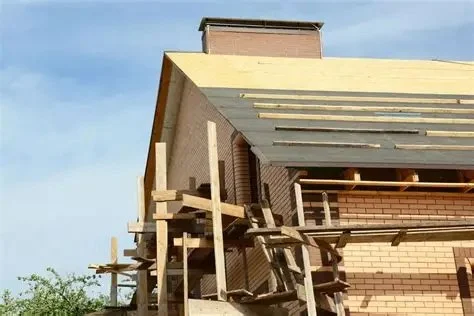
- 1- Introduction to Roof Replacement Costs
- 2- Hidden Costs in Roof Replacement Projects
- 3- How to Budget for a Roof Replacement
- 4- Common Mistakes to Avoid During a Roof Replacement
- 5- Conclusion: Understanding Your Roof Replacement Costs
1- Introduction to Roof Replacement Costs
Replacing a roof is a significant investment, one that can have long-term implications for both your home’s structural integrity and your finances. While many homeowners are aware of the direct costs associated with roofing projects, there are often hidden expenses that can quickly escalate the final price. In this article, we’ll explore the common hidden costs of a roof replacement and offer tips on how to manage them effectively. By understanding what to expect beyond the initial estimate, you can make better decisions and avoid any financial surprises.
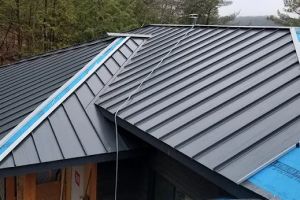
Concord Roofing / roofing company richmond hill
Richmond HillRegional Municipality of YorkOntario
551 16th Ave, Richmond Hill, ON L4C 7A7, Canada
2- Hidden Costs in Roof Replacement Projects
When planning a roof replacement, it’s essential to be aware that the price you see upfront might not cover everything. Here are some common hidden costs that homeowners often encounter:
- Disposal of Old Materials: Removing the old shingles and debris from your roof can add extra costs. Disposal fees for construction waste can vary based on your location and the size of the roof.
- Structural Repairs: If the underlying roof deck or other structural components are damaged, additional repairs may be needed before new shingles can be installed. These repairs can be costly and are often discovered only once the old roof is removed.
- Permits and Inspections: Depending on where you live, local building codes may require you to obtain permits or pass inspections. This adds to the overall cost of your roof replacement project.
- Roofing Materials Upgrades: While basic asphalt shingles may be inexpensive, opting for higher-quality or specialty materials such as metal, slate, or tile roofing can significantly increase your costs.
- Labor Costs for Complex Roofs: Roofs with steep slopes, multiple chimneys, or other complex features may require additional labor and safety measures, increasing the overall cost of installation.
3- How to Budget for a Roof Replacement
Creating an accurate budget for a roof replacement requires a comprehensive understanding of all the potential costs involved. Here are some steps to help you budget effectively:
- Get Multiple Estimates: Always get at least three estimates from different roofing contractors. This will give you a better idea of the typical costs for your project and help you identify any outliers.
- Include a Contingency Fund: It’s wise to include a contingency fund of about 10-15% of your total budget. This will help cover unexpected issues that arise during the project, such as structural damage or additional material costs.
- Consider Financing Options: If the costs are too high for your current budget, consider financing options such as home improvement loans, credit lines, or even certain contractor payment plans.
- Choose Materials Wisely: While it’s tempting to upgrade to premium materials, be sure they align with your long-term goals. Consider the lifespan and energy efficiency of the materials before making a decision.
- Prepare for Unexpected Costs: Be realistic about the possibility of additional costs. For example, if your roof requires more labor than initially anticipated, you may need to pay more for labor.
4- Common Mistakes to Avoid During a Roof Replacement
Even if you’ve planned your roof replacement carefully, there are still mistakes that can add unnecessary costs to your project. Here are some common pitfalls to avoid:
- Not Hiring a Professional: Attempting a DIY roof replacement to save money can lead to mistakes, damage, and higher repair costs in the future. Always hire a qualified roofing contractor to ensure the job is done right.
- Choosing the Cheapest Materials: While budget-friendly materials may seem appealing, they may not offer the longevity or protection your roof needs. Skimping on quality can lead to frequent repairs and higher long-term costs.
- Ignoring the Importance of Ventilation: Poor attic ventilation can lead to moisture buildup and mold, which can damage both your new roof and your home. Make sure your contractor considers ventilation as part of the replacement project.
- Skipping the Permit Process: Failing to obtain the necessary permits can result in fines or having to redo parts of the project. Make sure all required permits and inspections are completed before starting the work.
5- Conclusion: Understanding Your Roof Replacement Costs
Roof replacement is a significant investment, but with the right planning and understanding of hidden costs, you can avoid surprises and stay within your budget. By considering all aspects of the project—from labor to materials to permits—and hiring a reputable contractor, you can ensure a smooth roof replacement process. At Pickering Roofing, we are committed to helping you navigate the roof replacement process and providing you with the best possible service and value. If you’re looking to replace your roof or have questions about costs, reach out to us today for a consultation.


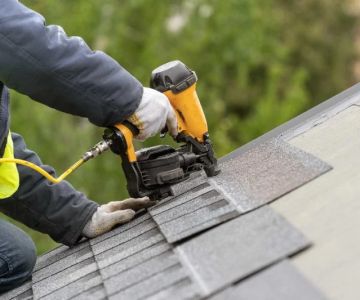
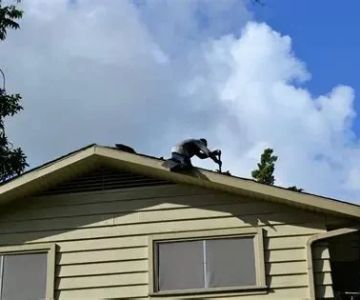
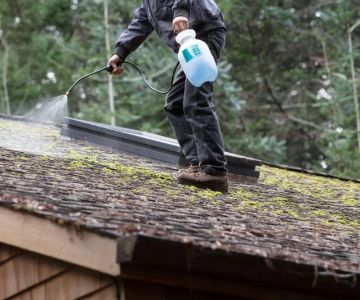
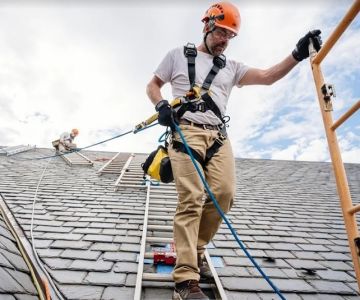
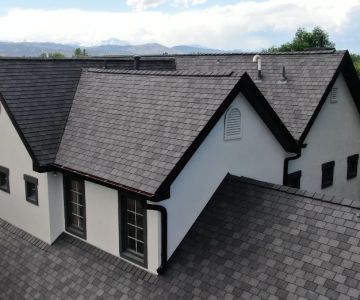
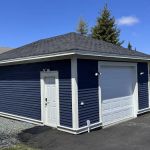 Primo Roofing4.0 (9 reviews)
Primo Roofing4.0 (9 reviews) Above It All Roofing Inc5.0 (34 reviews)
Above It All Roofing Inc5.0 (34 reviews) Kitchener Affordable Roofing3.0 (3 reviews)
Kitchener Affordable Roofing3.0 (3 reviews) Aqwa Building Solutions4.0 (19 reviews)
Aqwa Building Solutions4.0 (19 reviews)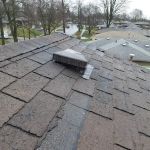 Living My Dream Roofing4.0 (21 reviews)
Living My Dream Roofing4.0 (21 reviews)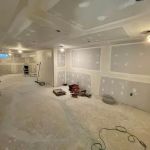 ARF EXTERIOR CONSTRUCTION INC.0.0 (0 reviews)
ARF EXTERIOR CONSTRUCTION INC.0.0 (0 reviews)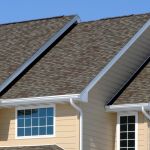 How Much Does a New Roof Cost in 2025? Canadian Roofing Price Guide
How Much Does a New Roof Cost in 2025? Canadian Roofing Price Guide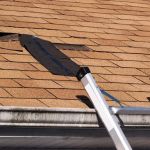 Top Signs Your Roof Has a Leak and What to Do About It in Canada
Top Signs Your Roof Has a Leak and What to Do About It in Canada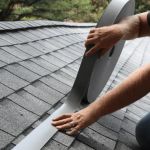 Can You Install a New Roof Over an Old One in Canada?
Can You Install a New Roof Over an Old One in Canada? The Top Questions to Ask Before Hiring a Roofer in Canada
The Top Questions to Ask Before Hiring a Roofer in Canada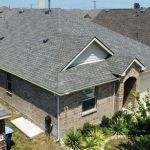 What Are the Most Common Roofing Scams and How to Avoid Them in Canada
What Are the Most Common Roofing Scams and How to Avoid Them in Canada How to Prepare Your Home for a Roofing Project in Canada
How to Prepare Your Home for a Roofing Project in Canada